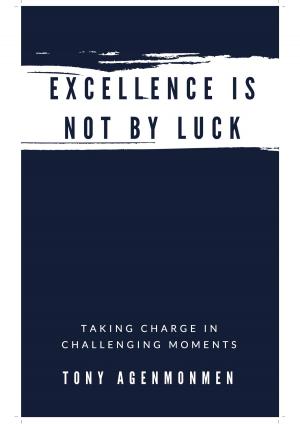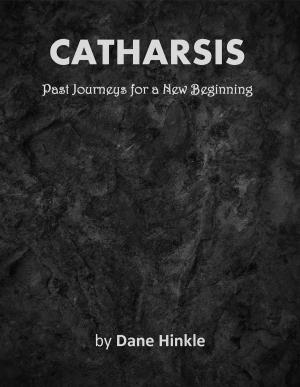Lean Pedagogy
Using Lean Thinking to Improve Student Results and Optimise Classroom Costs
Nonfiction, Reference & Language, Education & Teaching, Teaching, Teaching Methods| Author: | Benjamin Chibaira | ISBN: | 9781483559704 |
| Publisher: | BookBaby | Publication: | July 25, 2015 |
| Imprint: | Language: | English |
| Author: | Benjamin Chibaira |
| ISBN: | 9781483559704 |
| Publisher: | BookBaby |
| Publication: | July 25, 2015 |
| Imprint: | |
| Language: | English |
In this book, the author challenges the status quo in schools with an emphasis on students’ results, and the associated costs, and curriculum lead times for achieving these results. Policy and curriculum changes, as well as funding initiatives, have been the most common interventions for the prominent systemic issues faced by schools. However, these have proven neither effective nor sustainable in the long term . In addition, education reforms have barely considered the very processes that influence the classroom outcomes. In this book, the author proposes a process focused pedagogy based on tried and tested Lean principles and tools in order to achieve the elusive classrooms outcomes. Lean is a process-focused methodology, which considers any expenditure of resources for any goal other than the creation of customer value as wasteful, and thus targets it for elimination. "Value" is described as any action for which a customer would be willing to pay for. Lean Thinking has roots in the automotive industry although it is now widely used in both the private and public sectors. In spite of Lean’s successes in industry, it has barely made inroads into education and thus this inspired a case study to test it application in a classroom. Through the application of such, improvements were achieved in both the student’s results and the time it took to complete the curriculum. The role of this book is to show why Lean Thinking in schools is an important alternative in the pursuit for improving results, costs, and curriculum lead times. This book will appeal to different groups of readers including educators, students, school governing bodies, parent’s school improvement specialists, Lean practitioners, general readers, as well as schools which are ready to pursue excellence through continuous improvement tools. A simplified version of the checklist used to assess a school’s status in its readiness for a Lean intervention is in provided. A typical timeline for planning purposes for schools wishing to pursue this Lean journey is also provided . Further, more detailed implementation manuals are available through Lean Fundo
In this book, the author challenges the status quo in schools with an emphasis on students’ results, and the associated costs, and curriculum lead times for achieving these results. Policy and curriculum changes, as well as funding initiatives, have been the most common interventions for the prominent systemic issues faced by schools. However, these have proven neither effective nor sustainable in the long term . In addition, education reforms have barely considered the very processes that influence the classroom outcomes. In this book, the author proposes a process focused pedagogy based on tried and tested Lean principles and tools in order to achieve the elusive classrooms outcomes. Lean is a process-focused methodology, which considers any expenditure of resources for any goal other than the creation of customer value as wasteful, and thus targets it for elimination. "Value" is described as any action for which a customer would be willing to pay for. Lean Thinking has roots in the automotive industry although it is now widely used in both the private and public sectors. In spite of Lean’s successes in industry, it has barely made inroads into education and thus this inspired a case study to test it application in a classroom. Through the application of such, improvements were achieved in both the student’s results and the time it took to complete the curriculum. The role of this book is to show why Lean Thinking in schools is an important alternative in the pursuit for improving results, costs, and curriculum lead times. This book will appeal to different groups of readers including educators, students, school governing bodies, parent’s school improvement specialists, Lean practitioners, general readers, as well as schools which are ready to pursue excellence through continuous improvement tools. A simplified version of the checklist used to assess a school’s status in its readiness for a Lean intervention is in provided. A typical timeline for planning purposes for schools wishing to pursue this Lean journey is also provided . Further, more detailed implementation manuals are available through Lean Fundo















